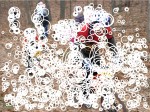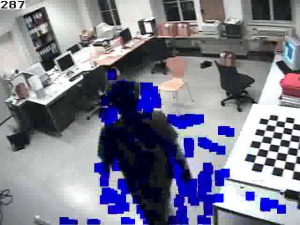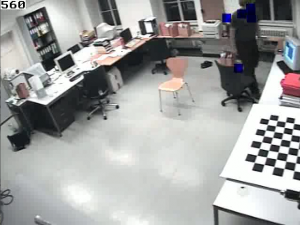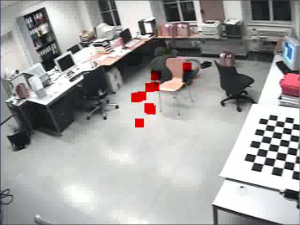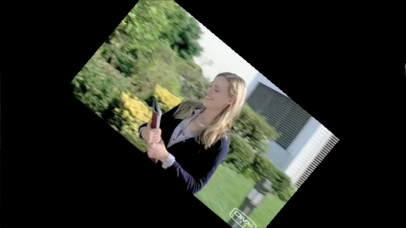Object recognition in computer vision is the task of finding a given object in an image or video sequence. Humans recognize a multitude of objects in images with little effort, despite the fact that the image of the objects may vary somewhat in different view points, in many different sizes / scale or even when they are translated or rotated. Objects can even be recognized when they are partially obstructed from view. This task is still a challenge for computer vision systems in general.
- Content-Based Image and Video Tagging
- Robust Local Video and Image Features
- Large Scale Object Recognition
- Efficient Replica Detection
Content-Based Image and Video Tagging
An image retrieval system is a computer system for browsing, searching and retrieving images from a large database of digital images.
Robust Local Video and Image Features
Local image descriptors are computed in areas around salient points in images are essential for many algorithms in computer vision.
Techniques such as the bags-of-words approach are originally inspired by text retrieval. These have been extended to “2D” techniques on images and build the state-of-the-art in image matching. These approaches are now successfully carried out in both the spatial and the temporal domains for action recognition, video understanding and video matching
Video understanding gains great attention in current computer vision research. With growing on-line data sources of videos, big digital private video archives and the need for storage and retrieval of surveillance videos, automated video understanding becomes necessary.
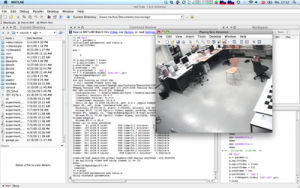
Large Scale Object Recognition
 From previously trained features, we aim to regognize images in new videos or images. The extraction of stable locations is a successful way to match visual input in images or videos of the same scene acquired under different conditions.
From previously trained features, we aim to regognize images in new videos or images. The extraction of stable locations is a successful way to match visual input in images or videos of the same scene acquired under different conditions.
Efficient Replica Detection
A replica is a copy or reproduction of a work of art, especially one made by the original artist, or a copy or reproduction, especially one on a scale smaller than the original. In terms of computer vision the meaning of image replica is slightly different.Not only to a bit exact copy of a given original image is a replica, but also to modified versions of the image after certain manipulations, as long as these manipulations do not change the perceptual meaning of the image content. In particular, replicas include all variants of the original. These include image obtained after common image processing manipulations such as compression, filtering, adjustments of contrast, or geometric manipulations. The aim is to find copyrighted and altered media material in large databases.



